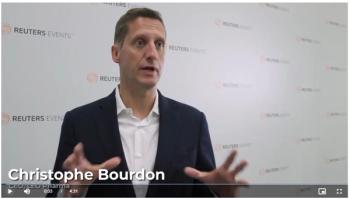
Editorial Videos


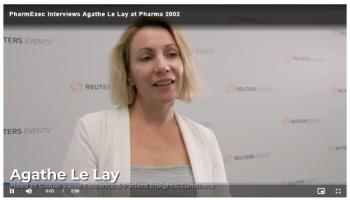
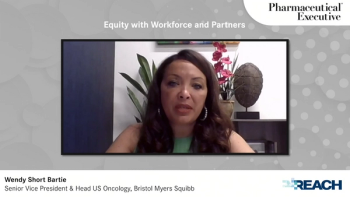
“The nuance of language, and culture, and understanding” — what happened to the diversity of agency creative directors in the past 30 years? Only about 20% of creative directors are women, and at last count, there are only ten Black executive creative directors in the entire advertising industry from big holding companies, one with a healthcare focus.

The importance of data analytics can not be understated when putting together inclusive workforces. Bringing in and retaining top talent across all races is of the utmost importance to benefit all stakeholders, especially the patients. You have to have the right people “in the room” representing our diverse population.

The US is composed of tens of thousands of zip codes, and demographics and income levels can change dramatically within a five-mile radius. How are pharma companies addressing this reality?

Our panelists talk about preventative health messaging and dynamics of health of a specific group of people to help improve the lifespan of all people, especially the underserved minority populations. The segment also touches on structural racism factors like food deserts, “essential workers”, and holding doctors accountable.
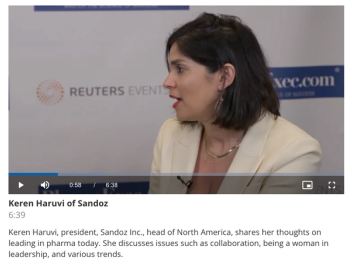
Pharmaceutical Executive caught up with some industry experts at the Pharma USA conference in Philadelphia in April 2022. See what they had to say about leadership, drug development, pricing, and psychedelics in these brief video interviews.
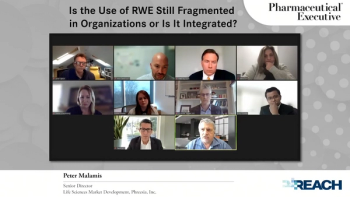
Among the topics discussed at Pharm Exec’s recent RWE roundtable are how the pandemic has served to validate the use of RWE/RWD; the most important features of a real-world data set; and key considerations when selecting an RWD partner.
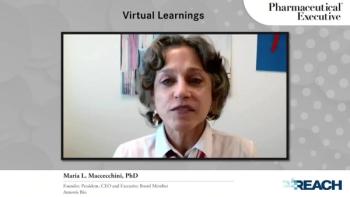
In this segment, executives discuss the need to adjust to virtual and in-person, face-to-face interactions with both internal and external stakeholders.

Among the topic discussed at the roundtable were ways to address acquiring and attracting new talent, as well as retaining talent in the post-COVID workforce.
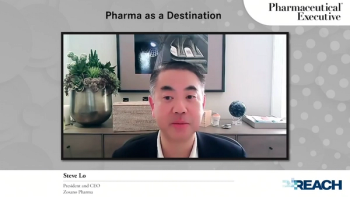
In this segment, leaders suggest areas to continue building on lessons learned during COVID, including the pharma industry as a tech destination and impact on patient outcomes.

In this roundtable, executives discuss continued manufacturing and supply challenges, as well as the need for back-up plans.

In this segment, members of the panel discuss talent and culture, what to expect from the workforce of the future, and how to develop it in the next 5-10 years.

In this segment, members of the panel discuss consolidation of practices and managing business from a field perspective focusing on understanding the needs and insights of customer groups. Where is it needed?

In this two-part segment, members of the panel discuss how the tradition pharma sales force has entered a phase in which they have to evolve, but what is the digital/in-person balance and how will the sales role change?
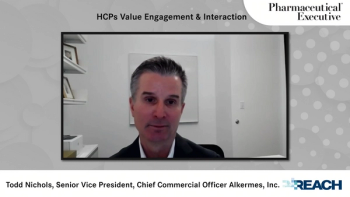
In this two-part segment, members of the panel discuss how the tradition pharma sales force has entered a phase in which they have to evolve, but what is the digital/in-person balance and how will the sales role change?

In this segment, members of the panel discuss how to make medicine more accessible to the broader population. And how does the industry address affordability?

Pharmaceutical Executive Roundtable: Future Shaping in Sales and Marketing: Patients and Technology
In this segment, members of the panel discuss how other industries are ahead of pharma when it comes to technological-aided consumer touchpoints and satisfaction. Is it the complexity of the industry, regulatory constraints?
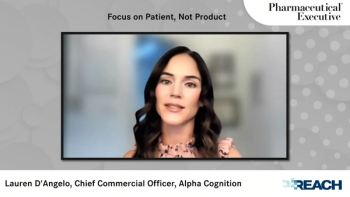
In this segment, members of the panel discuss focusing on the empowered patient/consumer versus the product.

In this segment, members of the Pharmaceutical CEO Leadership: Collaboration in Pharma panel comment on the various types of collaboration within the industry. They also discuss how working with FDA helped streamline the drug development process through the pandemic and highlight additional lessons the industry could learn from collaborative efforts during COVID.

In this segment, members of the Pharmaceutical CEO Leadership: Collaboration in Pharma panel talk about the need to think outside the box when it comes to partnering, for example, by expanding relationships with technology, data science, and logistics companies. The challenges of protecting intellectual property are also discussed, as are the effects innovation can have on pricing and access.

In this segment, members of the Pharmaceutical CEO Leadership: Collaboration in Pharma panel share what to look for in a collaborative partner and the benefit of entering into win-win situations. They also promote the potential of looking toward more unconventional types of partners and reveal what it takes to maintain successful relationships.
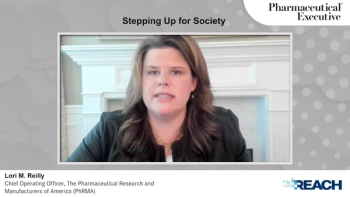
In this segment, members of the Pharmaceutical CEO Leadership: Collaboration in Pharma panel present the impact of society at large on collaborations. Brought to the forefront during COVID, a sense of purpose drove many companies to join forces in novel ways, simply with the common goal of creating solutions. The challenge now is how to keep that momentum going.

While the COVID-19 pandemic has visibly accelerated the adoption of telemedicine and virtual meetings among pharma companies, the wider issue of digital transformation across the entire pharma value chain was perhaps less conspicuous during 2020. This Pharmaceutical CEO Leadership: Pharma’s Digital Transformation virtual roundtable brings together pharma Chief Digital Officers and other leaders in the space to discuss the challenges and opportunities associated with digitizing all aspects of the pharma business.

In this segment, members of the Pharmaceutical CEO Leadership: Diversity in Pharma panel treat culture as the soul of an organization and value diversity of thought among employees. They also support instilling guiding principles that can help reduce rulemaking and streamline everyday decisions. The idea of using culture as a strategic weapon is also discussed.

In this segment, members of the Pharmaceutical CEO Leadership: Diversity in Pharma panel talk about how employees need to be consciously inclusive and why their actions should be measured not just by what they achieve but by how they go about it. Collecting data is beneficial, but it becomes even more meaningful when employees see how their input translates into action. Creating a strategic plan can offer clear goals to work toward.
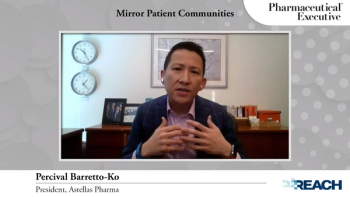
In this segment, members of the Pharmaceutical CEO Leadership: Diversity in Pharma panel relate the importance of understanding the communities they serve in order to be truly patient-centric. This includes building trust and respect with those communities, being transparent, and staying abreast of changing demographics. Rethinking trial design to be more inclusive and mirroring the diversity of these communities internally is also essential.

In this segment, members of the Pharmaceutical CEO Leadership: Diversity in Pharma panel reveal how diversity extends beyond their own walls. Choosing partners with common values and goals demonstrates their commitment. Being proactive in society, for example by encouraging minority groups to get involved in pharma in order to build a diverse talent pipeline, will highlight them as leaders in this mission.

In this segment, members of the Pharmaceutical CEO Leadership Image of the Pharma Industry panel discuss the benefits of collaboration, both internally and externally, to advance the greater mission of the pharma industry.

